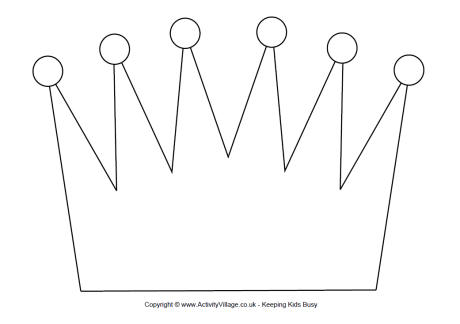Jewels in the Crown .Adjectives and sentence writiing
With all our children across KS2 we are introducing them to and reinforcing their use of adjectives.
Making crowns for Epiphany is a great way to remind the children about adjectives and to ask them to use bi-lingual dictionaries to source new adjectives.
Making crowns for Epiphany is a great way to remind the children about adjectives and to ask them to use bi-lingual dictionaries to source new adjectives.
- Show the children a picture of the three Kings and look at the crowns they are wearing
- Give out crown templates to the children.
- Talk about the jewels in a crown and how they make the crown special and give the crown a character all of its own.
- Ask the children to think about adjectives and how they make objects more interesting or give more detail to an object.
- Give each child a crown template
- Make sure there is access to bilingual dictionaries on the tables
- Ask the children to add "jewels" ( adjectives) to their simple crowns that are befitting of a King's crown - below I have explained how this can be an activity for beginners, moving on learners and advanced learners.
Beginners
We have taught our beginner learners some colours - so let's ask the to recall three colours they like the sound of in the target language and fill three big jewels with the letters of the colour word over and over again - written in the correct colour of course.
Ask the children to find three new colours that they want to create three new jewels from and to make three new jewels on their crowns.
Can they create a written band of the colours at the bottom of their crowns - with the colours written clearly in the target language?
Moving On
With children who can now write simple sentences - noun verb adjective, let's ask these children to think of their three favourite colours and fill three big jewels with the letters of the colour word over and over again - written in the correct colour of course.
Ask the children to find three new colours that they want to create three new jewels from and to make three new jewels on their crowns.
Can they create a written sentence description as their crown band at the bottom of their crown?
Encourage the children to think about the spelling of the colour because of the gender of the noun - in French it's la couronne, so the children must write for example:
la couronne est bleue,jaune, verte ...........
Now we can have a crown parade - with the children showing their crowns and saying their own specially written descriptive crown colour sentences -in the voices perhaps of majestic Kings and Queens .
Advanced learners
- Remind the children that adjectives describe objects and brainstorm with them the types of adjectives we may lie to use to describe a magnificent crown.
- Ask the children to list in English on their whiteboards 6 interesting descriptive adjectives they want to use for their own crown .
- Ask them to look up these words in a bilingual dictionary and to practise reading aloud the adjectives.
- Bring the class back together and ask children to share their adjectives with the class and their meaning.Write these on the flip chart.
- Discuss with the children how you would say the words on the flip chart .Use our Look!Think!Link and read! prompt to help them
- Discuss with the children how the endings of the adjectives will have to change because of the gender of the noun "crown " in the target language.In Spanish for example it's la corona
- ask the children to select three adjectives from your list on the whiteboard and become jewel designers
- Ask the children to create jewels as caligrams in a shape and a colour they think depicts the adjectives they have chosen - on rough paper
- Talk about the position of adjectives in sentences using nouns
- Now can they transfer these to their crown templates and as a band at the bottom of their crowns write a statement that says for example in Spanish or in French:
"Me gusteria una corona blanca,grande y .........."
"Je voudrais une grande couronne blanche et ......."
Now you have the perfect crown jewel display and even a class vote on the best crowns of the day!

.jpg)
